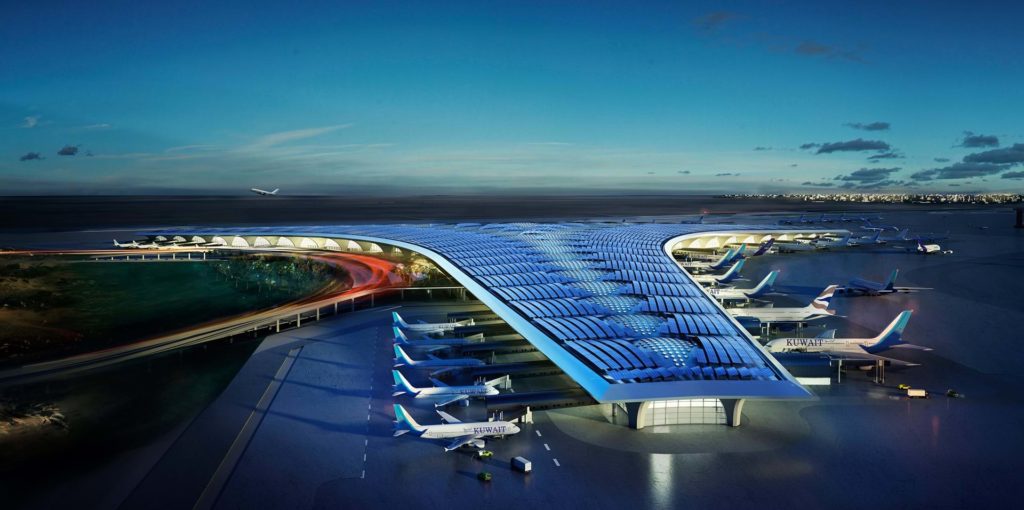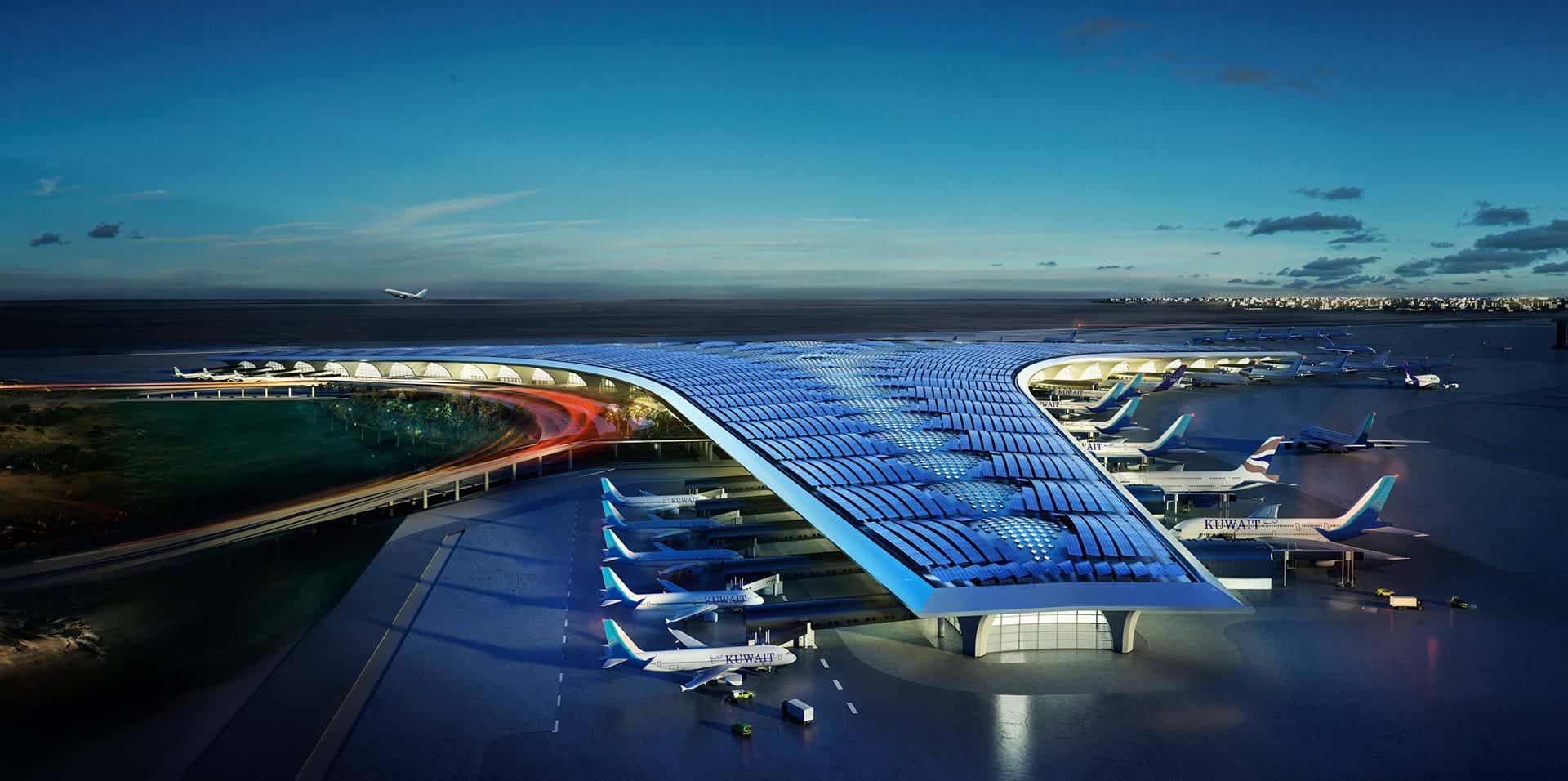Architects: Showcase your next project through Architizer and sign up for our inspirational newsletter.
Foster + Partners and Zaha Hadid Architects have exited the Architects Declare climate emergency platform, the culmination of six months of argument over the types of projects that comply with the declaration and the extent to which signatories to the 11-point program for climate action can be policed. The two firms had increasingly come under fire for taking on projects that were seen as in conflict with the beliefs of the coalition, including airports and large-scale office developments.
Both architecture practices were founding signatories to Architects Declare, along with 15 other winners of the RIBA’s Stirling Prize. Part of the larger climate emergency movement, the activist platform challenged architects to rethink their practices as well as to use their professional agency to steer projects toward carbon zero goals, prioritize refurbishment over new buildings, and to advise clients to specify sustainable materials and construction techniques.
Architects Declare had almost 1,000 UK signatories within a year, as well as around 6,000 signatories worldwide under the broader umbrella group Construction Declares, including AD chapters in the US and Australia.
The trouble began as some signatories and other observers criticized projects taken on by the firms. Founding signatory dRMM courted controversy in May 2020 by taking on the Silvertown Tunnel, a new motorway beneath the Thames which critics believed would contribute to pollution and carbon emissions. ZHA also fell under scrutiny in May for a new office complex in Shanghai designed to be the ‘greenest’ structure in the city but which, at over 2 million square feet, prompted questions about material use and efficiency.

New Airport in Kuwait by Foster + Partners.
In July, Foster + Partners came under fire for designing a new airport for a resort community in Saudi Arabia, as the Architects Climate Action Network (ACAN) declared airport design contrary to carbon zero goals: “Anything that encourages the expansion of the aviation industry and the associated rise in the burning of fossil fuel should be viewed as being off-limits for architects concerned about the rate at which our planet is warming.” On July 13 Architects Declare released a statement in response, that “we have a principle of not naming and shaming our colleagues in the industry.” Eventually, however, public pressure to comply with a consistent vision for sustainability goals seems to have eroded trust between the organization and its signatories.
Late last month, ZHA’s Patrik Schumacher questioned the usefulness of Architects Declare while speaking at a Council on Tall Buildings and Urban Habitat conference. “I want to warn against those voices who are too quick to demand radical changes, to moralise, even talking about degrowth [and] breaking up global supply chains,” Schumacher said in his speech. “‘There is a big danger there because what we can never compromise [on] is growth and prosperity, which gives us the freedom to invest more in research.”
Architects Declare responded in a public statement: “We believe these statements are fundamentally in conflict with the Architects Declare commitment to ‘advocate for faster change in our industry towards regenerative practices’. We also believe these statements are scientifically flawed and decades out of date in terms of informed intellectual thought.” The group concluded by asking that signatories unwilling to comply with the 11 points exit. “Sadly, there remain signatory practices who appear determined to continue with business as usual,” wrote AD. “This is seriously undermining the effectiveness and credibility of AD, so we call on those practices to either join the wave of positive change or have the integrity to withdraw.”
A spokesperson for the group followed up the next day in a Dezeen interview stating that “when leading practices make decisions or public statements that contravene the declaration, it does damage our legitimacy“ and that the group would consider “tightening the declaration points.”

CECEP Headquarters in Shanghai by Zaha Hadid Architects. Rendering by Negativ.com
On December 2, Foster + Partners withdrew from Architects Declare, citing airports as a major point of difference. “Foster + Partners has withdrawn from Architects Declare because, since our founding in 1967, we have pioneered a green agenda and believe that aviation, like any other sector, needs the most sustainable infrastructure to fulfil its purpose,” Norman Foster wrote in an official statement. “We believe that the hallmark of our age, and the future of our globally connected world, is mobility. Mobility of people, goods and information across boundaries,” the statement continues. “Only by internationally coordinated action can we confront the issues of global warming and, indeed, future pandemics. Aviation has a vital role to play in this process and will continue to do so. You cannot wind the clock backwards.”
Zaha Hadid Architects withdrew the following day. “For us how change is delivered requires discussion, cooperation and collaboration, and this must be debated without condemnation,” their statement read. “Architects Declare’s steering group has unilaterally decided on its own precise and absolute interpretation of the coalition’s commitments. By doing so, we believe they are setting the profession up for failure. Redefining these commitments without engagement undermines the coalition and trust.”
Some observers of this professional squabble have supported one side or another, but most have been confused by the need for so many back-and-forth statements. Commentators have pointed out that when the construction of buildings by itself contributes up to 40% of total global carbon emissions, policing participation in expanding aviation — responsible for perhaps 3% of emissions — is not so productive. ACAN has continued to press this point however, and seeks to continue to pressure architecture firms to stick with their commitments.
Stay tuned to Architizer for further developments as they unfold, and continuing coverage of climate-related stories from across the architecture and construction industry.
Architects: Showcase your next project through Architizer and sign up for our inspirational newsletter.









